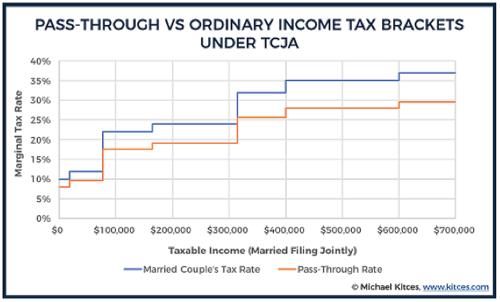
If you’re reading this, you are likely among the few people who have planned ahead and purchased Long Term Care insurance. By doing this, you intend to protect yourself and your family, and hedge your assets against the possible threat of a long-term care event (need for care in your home, assisted living or nursing home).
Given that only about 15% of Americans own Long Term Care insurance (Fidelity 2016) and 70% of Americans over the age of 65 will need some form of long-term care services for cognitive or physical impairment (HealthView Insights 2014), you will likely need the insurance you’ve purchased. The question is, will you use your Long Term Care insurance when the time comes?
I have had several client experiences that looked like this:
The client was at or near a point of qualifying for benefits under their Long Term Care insurance for either physical or cognitive reasons;
The client and/or the family made the decision to not begin the claim process. Why? They wanted to wait a while longer, continue to try to care for the client on their own, save the Long Term Care insurance benefits for later, when they really needed them.
The results in nearly all of these cases? The clients either never filed a claim or filed far too late, ended up in a long-term care facility, and ultimately passed away without ever receiving the policy benefits for which they had made years – even decades – of payments.
In my experience as a financial advisor, I have never had a client run out of a Long Term Care benefit pool. I am not here to tell you that it does not happen – it certainly can. But I am here to tell you that I do not believe it happens often. I have searched far and wide for statistics that would show how often it happens and cannot find a number!
Although your Long Term Care insurance company would prefer that you wait to put in your claim, I recommend that you do so as soon as you are eligible. You can always stop the benefits if you no longer need them, then restart later. And if you max out your benefits, you have the satisfaction of knowing that you received 100% of your benefits and protected your assets to the greatest possible degree. Don’t lose out (or let your parents lose out) on the Long Term Care insurance benefits they have purchased!
If you have questions or need additional guidance on this or related issues, please do not hesitate to reach out. We are always happy to help! Sandy.Adams@centerfinplan.com
Sandra Adams, CFP® is a Partner and Financial Planner at Center for Financial Planning, Inc.® Sandy specializes in Elder Care Financial Planning and is a frequent speaker on related topics. In addition to her frequent contributions to Money Centered, she is regularly quoted in national media publications such as The Wall Street Journal, Research Magazine and Journal of Financial Planning.
Any opinions are those of Sandra D. Adams, CFP® and not necessarily those of RJFS or Raymond James. The information contained in this report does not purport to be a complete description of the securities, markets, or developments referred to in this material. Guarantees are based on the claims paying ability of the issuing company. Long Term Care Insurance or Asset Based Long Term Care Insurance Products may not be suitable for all investors. Surrender charges may apply for early withdrawals and, if made prior to age 59 1⁄2, may be subject to a 10% federal tax penalty in addition to any gains being taxed as ordinary income. Please consult with a licensed financial professional when considering your insurance options. These policies have exclusions and/or limitations. The cost and availability of Long Term Care insurance depend on factors such as age, health, and the type and amount of insurance purchased. As with most financial decisions, there are expenses associated with the purchase of Long Term Care insurance. Guarantees are based on the claims paying ability of the insurance company.

















